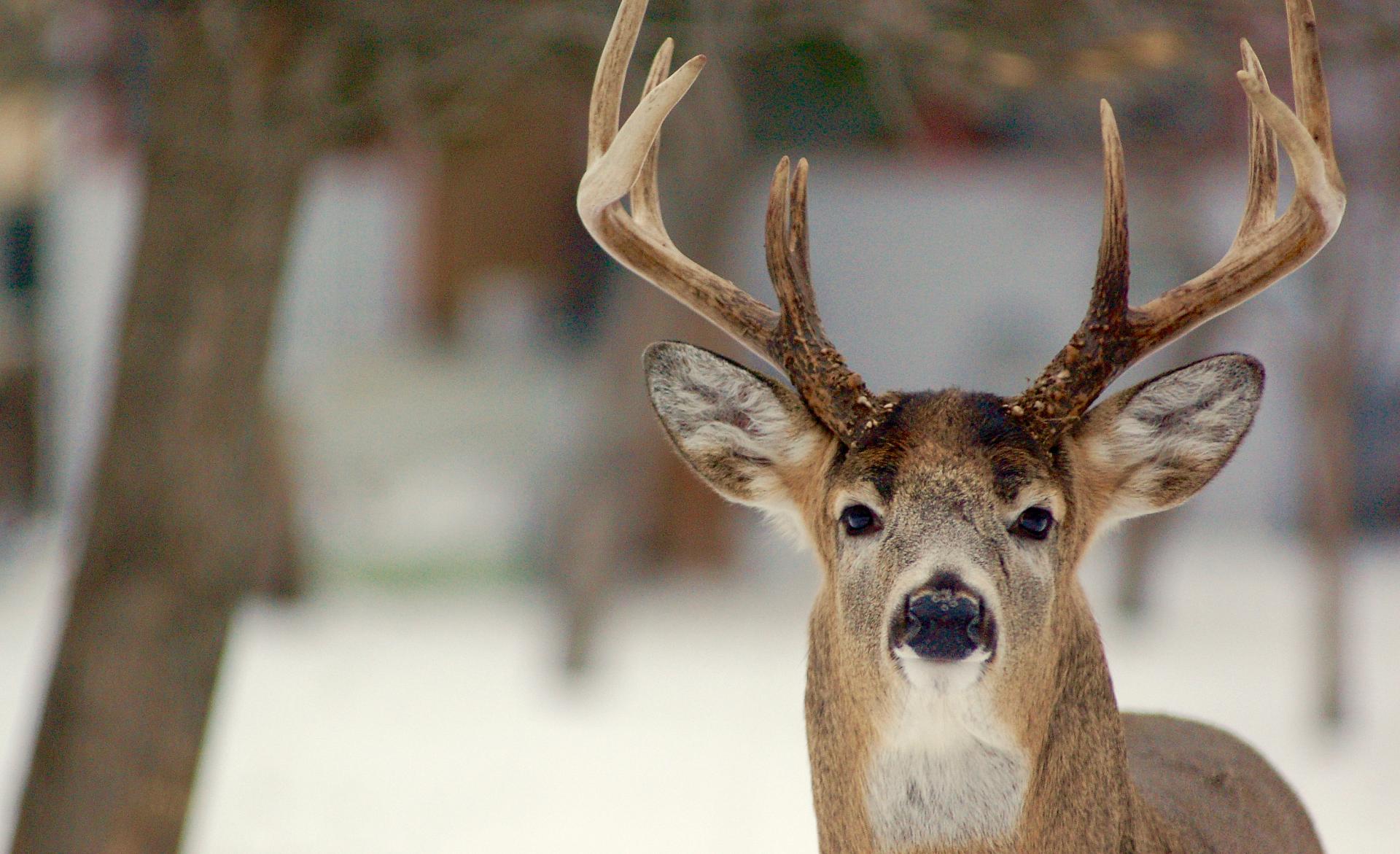How to understand whitetail body language
Advertisement
Correctly interpreting deer gestures, however subtle, can pay huge dividends for hunters. Patience and a keen eye are key.
When you spot a deer, the fist cue to watch for is the position of the ears. If you see a doe trotting through the forest and her ears are frequently turning back to listen for sounds along her backtrail, for example, there’s probably another deer following her. And if it’s during the November rut, it’s most likely a buck.
Advertisement
A deer’s tail also contributes significantly to its body language. If something or someone has caught the animal’s attention and it goes on red alert, its tail will stiffen upward and quickly twitch side to side. This is a warning signal, and it means the deer is going to take flight at any second.
Tip
For hunters who dream of trophy racks, it’s very important to watch a doe’s ears—and her backtrail —for as long as possible if the opportunity arises. On many occasions, if I’d immediately taken the doe, I would never have known there was a mature buck trailing just 40 yards behind her—ready to put a big smile on this hunter’s face.
Advertisement
Rubs
Few sights excite deer hunters more than a big, fresh rub—the gritty evidence that a buck has been working the area. Rubs serve to mark the buck’s territory and threaten other males, while also revealing his presence to females. How so? As a buck grinds his antlers against the tree to carve away the bark, he deposits pheromones from his forehead glands onto the fresh cambium. The message: Come and get me. Or back off.
Tips
- When scouting during the preseason, or even while hunting, always watch for fresh rubs. As with scrapes, if you find a group of scarred trees within 40 yards or so of one another, you’ve wandered into the core of a buck’s home range—the ideal location for hanging a new treestand or two.
- Whenever you set up new stands within an active area, do so with the least disturbance. As always, manage your scent and keep your preseason visits to a minimum. If necessary, create a few shooting lanes if you plan to bowhunt, but do so carefully, wearing scent-free gloves when trimming, moving or piling branches. And always wear scent-free rubber boots, as well as scent-free clothing, when working near your stands.
- When hanging the stands, keep the direction of the prevailing winds in mind. Also take into account the direction the buck will be coming from when he ventures into the area (a buck will always approach rubbed trees from the side the rub is on). The key is to place your stand off to the side of the buck’s travel route so you won’t be in his direct line of sight when he approaches. And when he does show up, make sure you know exactly what you want to say.

